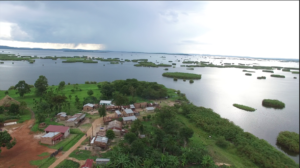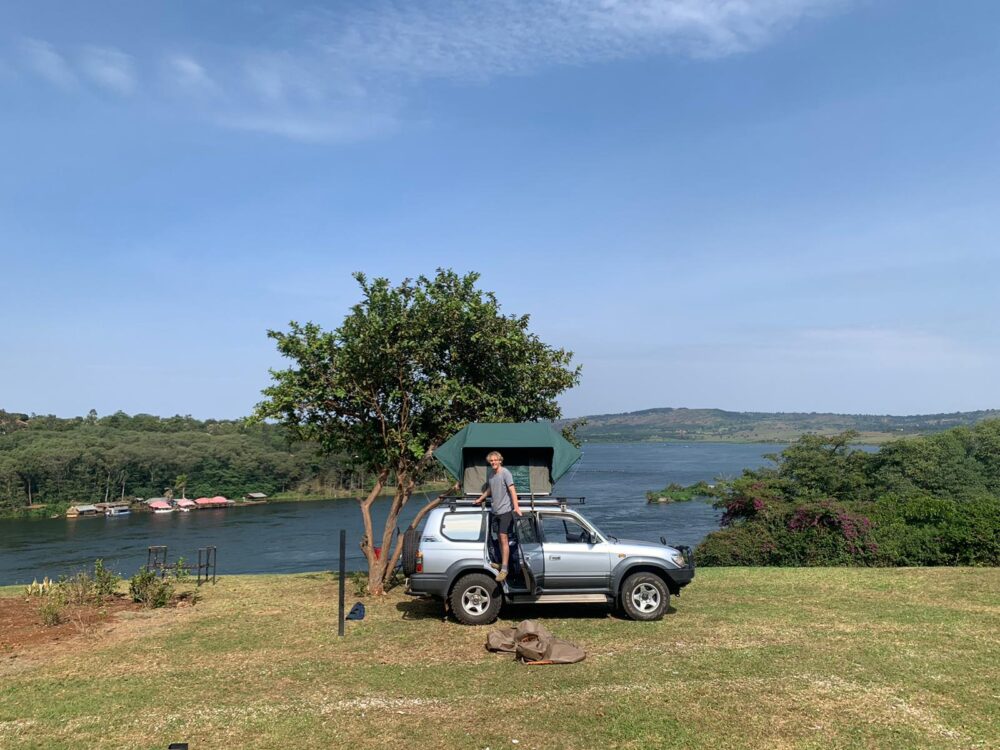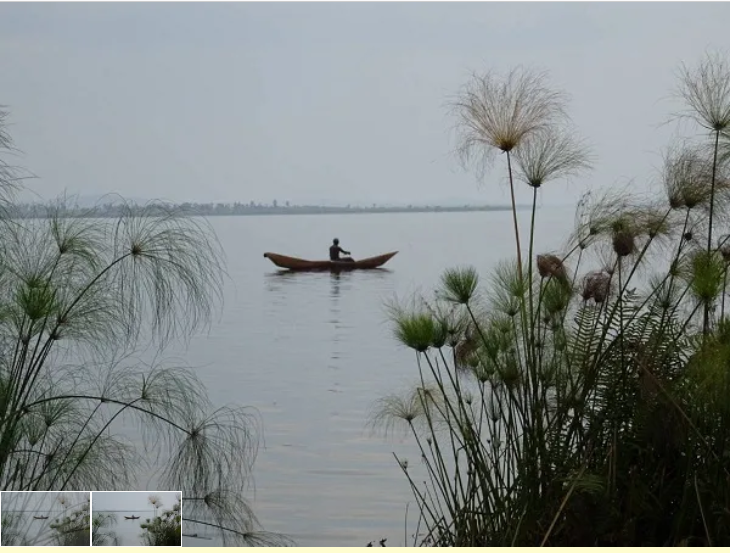ABOUT LAKE WAMALA
 one of the freshwater lakes in Central Uganda is called Lake Wamala. The lake’s surface area is roughly 250 square kilometers, and its depth ranges from 1.5 to 4.5 meters. The lake is on the verge of going extinct as a result of climate change and human encroachment.
one of the freshwater lakes in Central Uganda is called Lake Wamala. The lake’s surface area is roughly 250 square kilometers, and its depth ranges from 1.5 to 4.5 meters. The lake is on the verge of going extinct as a result of climate change and human encroachment.
roughly 17 kilometers between Mityana and Kalyankoko, which are located on the eastern banks of Lake Wamala in Kimuli, Mityana District.
Lake Wamala was once a part of Lake Victoria, but it has since receded into its present location. Numerous islands, including Rwanju Island, Kiraza, Mabo, Kazinga, and Bagwe Island, are scattered throughout the lake.
Lake Wamala receives its water from a number of rivers, including the Mpamujugu, Kaabasuma, and Kitega rivers. The Kibimba River, which drains Lake Wamala, is a seasonal river that frequently dries up during the dry season.
All three communities—Gomba, Mubende, and Mityana—share Lake Wamala. There are
 Lake Wamala has floating papyrus and other water-based plants that surround the lake as the dominant types of vegetation there. Other types of trees include Palm and Raphia trees. A variety of animals, including Sitatunga antelopes, hippos, waterbucks, crocodiles, bushbucks, wild pigs, olive baboons, vervet monkeys, guinea fowl, and the Turaco, will be encountered by you. These have pulled a number of tourists to have a glance at them for they are a rare species in their localities.
Lake Wamala has floating papyrus and other water-based plants that surround the lake as the dominant types of vegetation there. Other types of trees include Palm and Raphia trees. A variety of animals, including Sitatunga antelopes, hippos, waterbucks, crocodiles, bushbucks, wild pigs, olive baboons, vervet monkeys, guinea fowl, and the Turaco, will be encountered by you. These have pulled a number of tourists to have a glance at them for they are a rare species in their localities. The lake’s buffer zones are heavily farmed for agriculture, have floating plants, and are the habitat of unique, threatened bird species. In the area around the lake, you will see farmlands with rice fields, eucalyptus trees, and tomato gardens.
The lake’s buffer zones are heavily farmed for agriculture, have floating plants, and are the habitat of unique, threatened bird species. In the area around the lake, you will see farmlands with rice fields, eucalyptus trees, and tomato gardens.